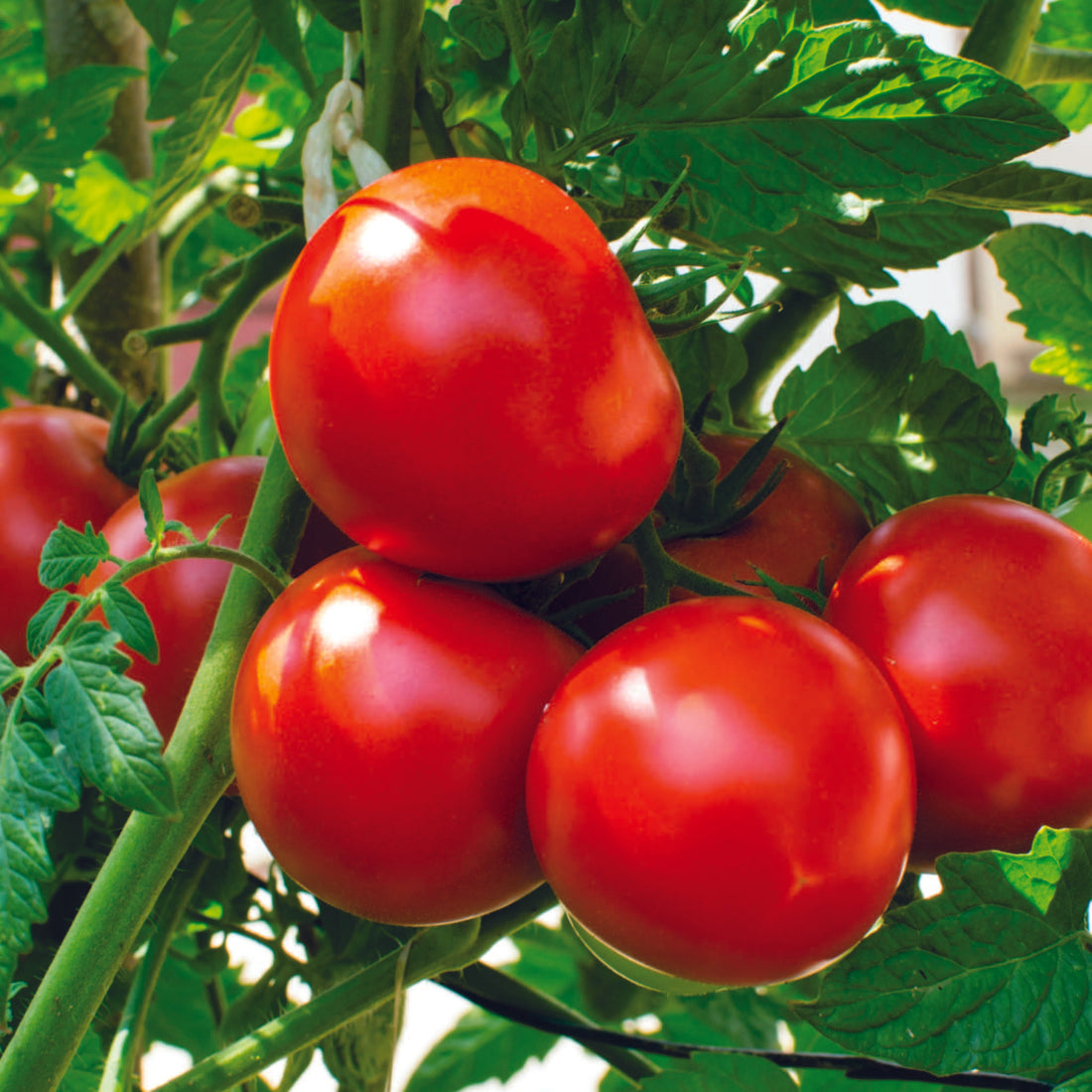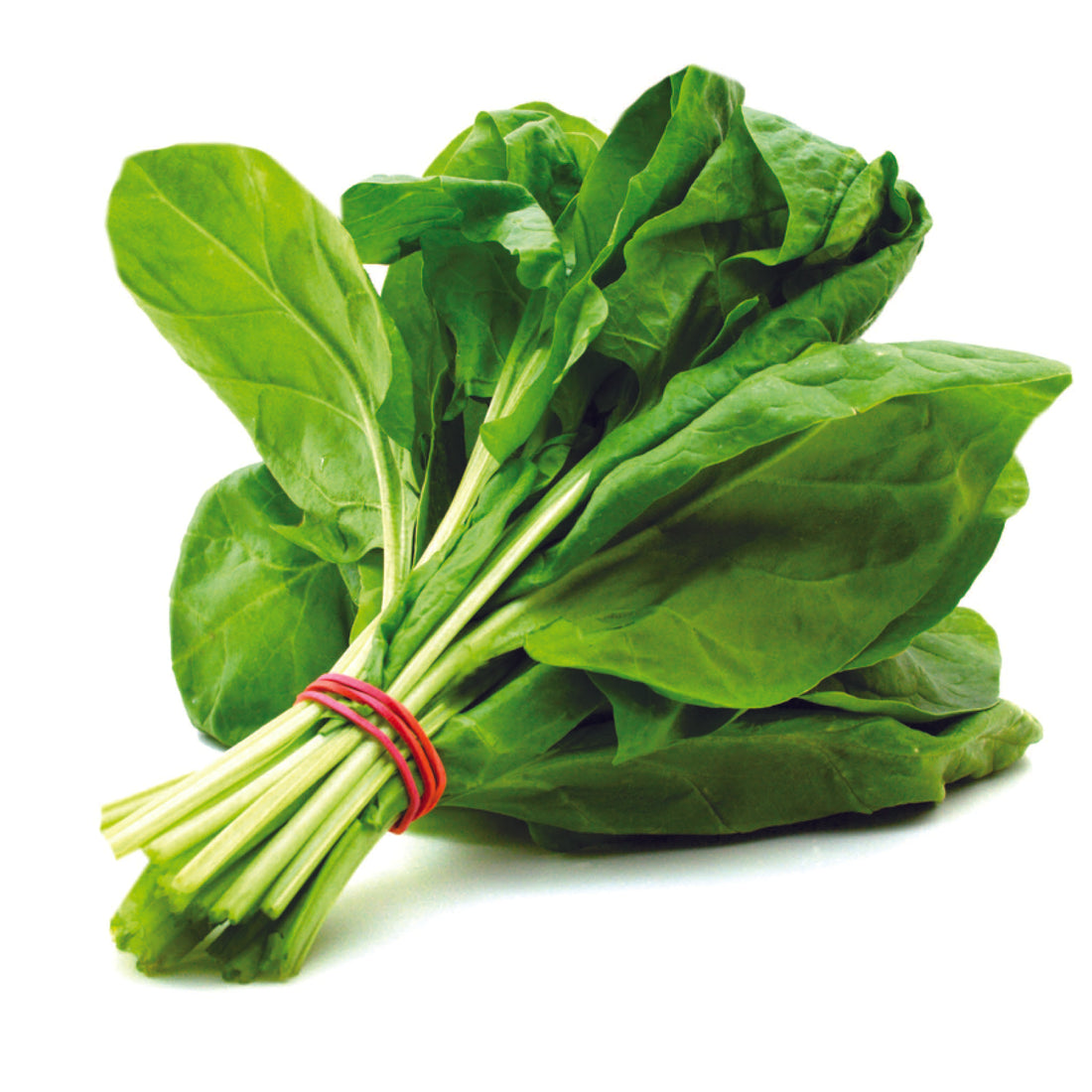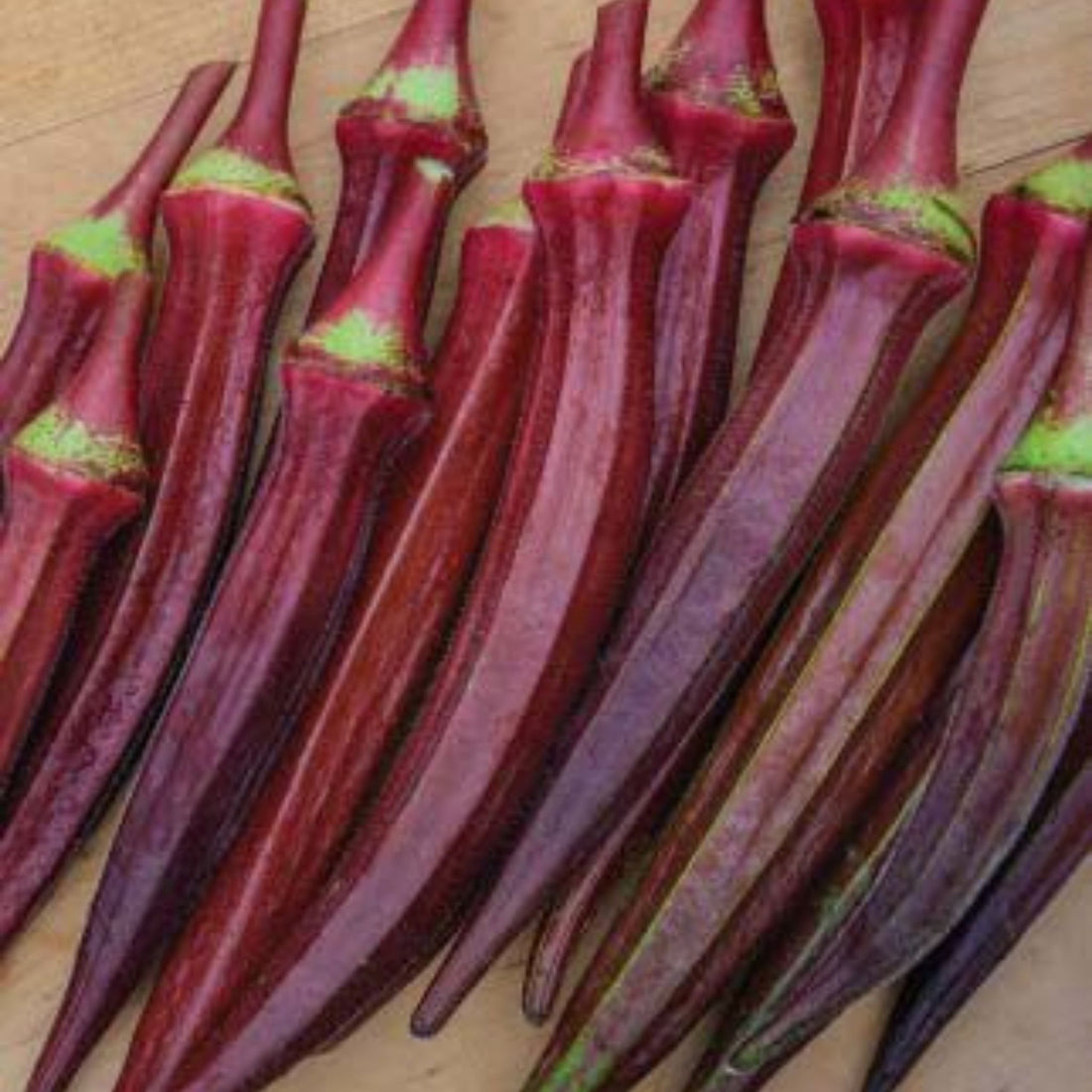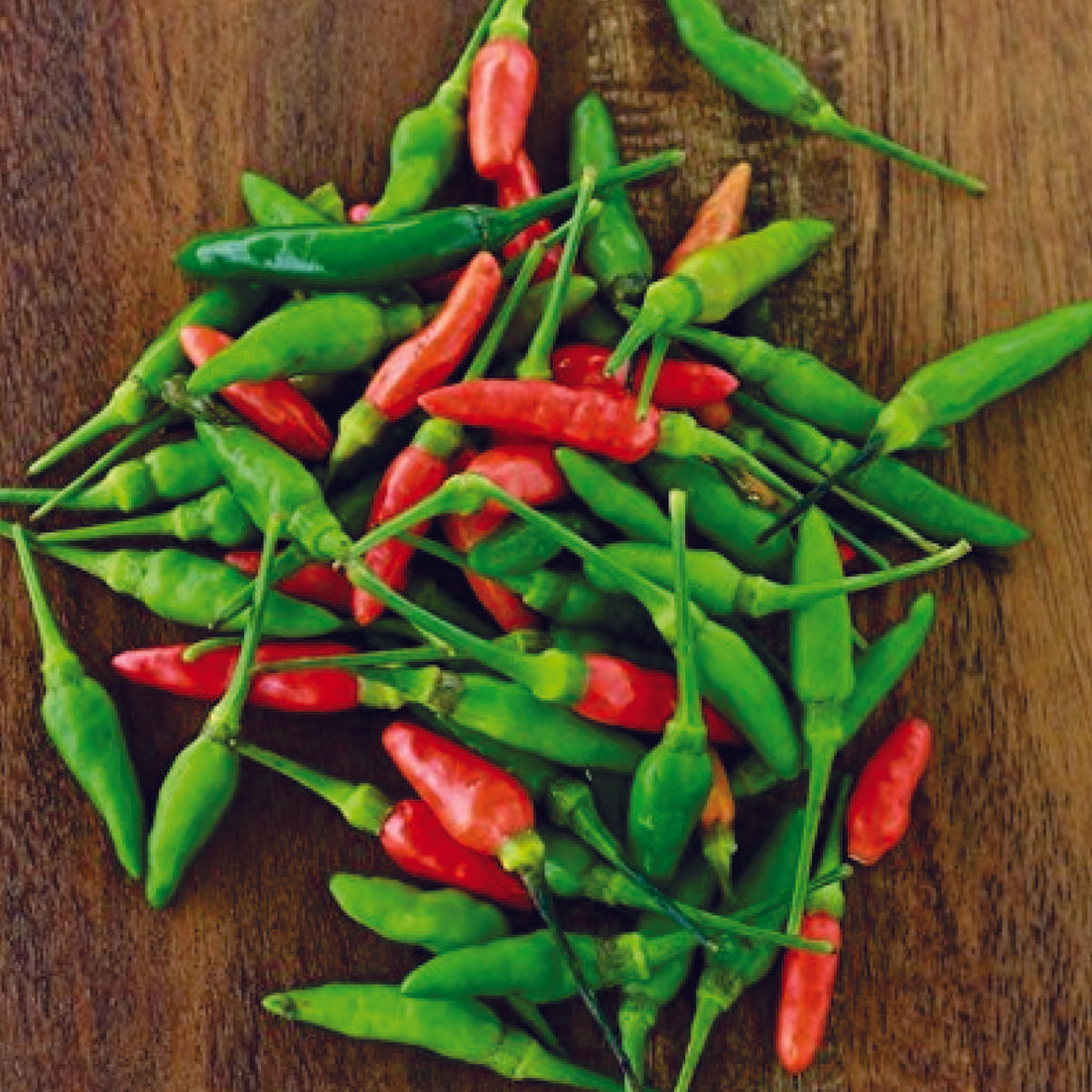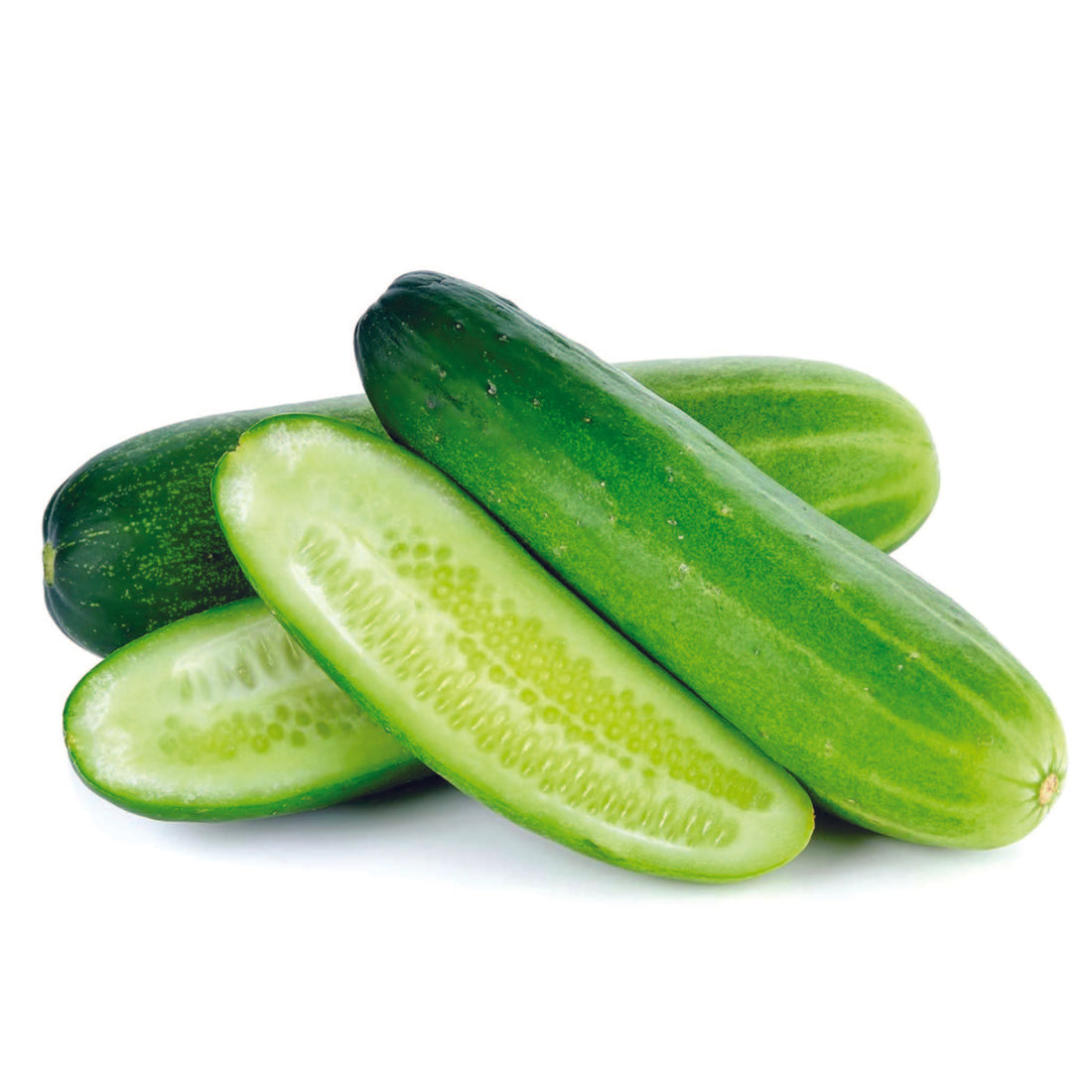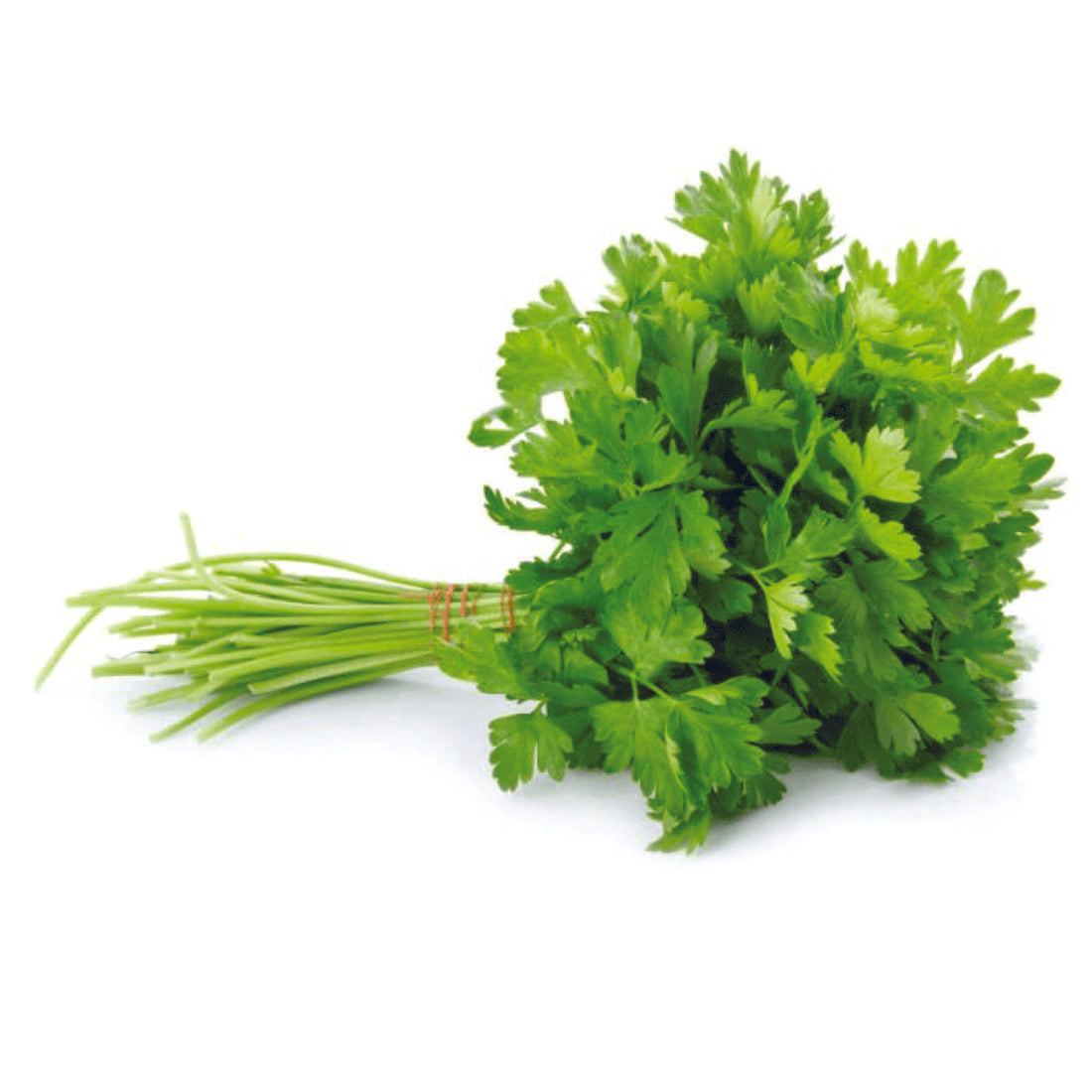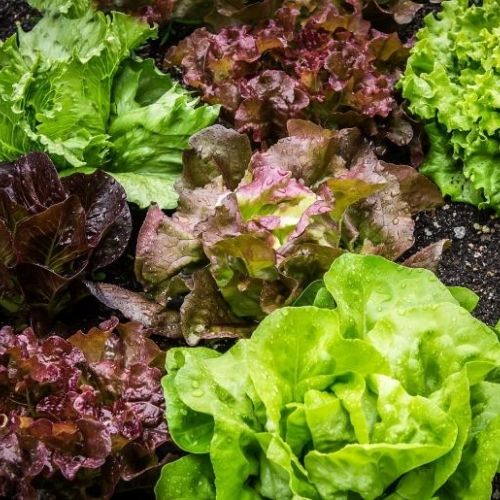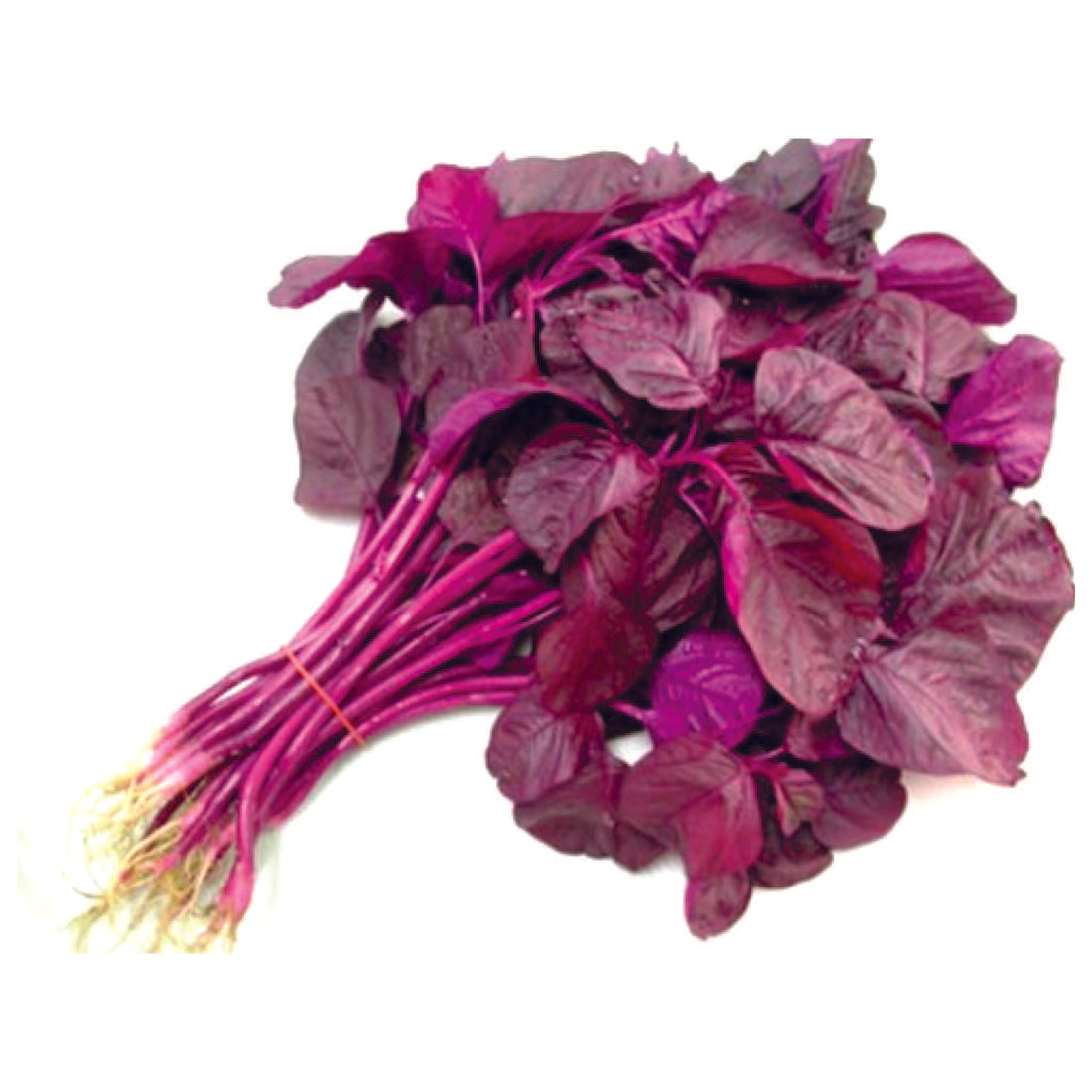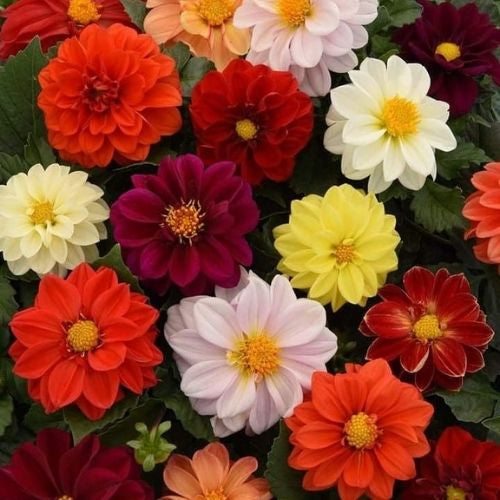Starting your vegetable garden? One of the most important decisions is choosing the right container for your plants. Two of the most popular choices are grow bags and plastic pots. But which one is better for growing vegetables? Let’s compare them to help you decide!
Why Choose Grow Bags for Vegetable Gardening?
A grow bag is a flexible, breathable container made of fabric. They are lightweight, portable, and ideal for small spaces like balconies, terraces, and patios. Grow bags offer several advantages that make them perfect for growing vegetables.
Superior Root Health & Aeration
Allows air to circulate freely around the roots, promoting better oxygen absorption.
Prevents root circling, ensuring plants develop a strong, fibrous root system.
Promotes air pruning, which stops roots from growing too long and becoming tangled.
Helps reduce the risk of fungal infections and root diseases.
Improves the plant’s overall nutrient uptake, leading to healthier, more productive growth.
Prevents Overwatering Issues
Excess water drains out naturally, reducing the chances of root rot.
Prevents waterlogging, which is a common issue in traditional containers.
Improves soil aeration, ensuring the plant gets an optimal balance of air and moisture.
Reduces the risk of algae and mold buildup from stagnant water.
Portable & Space-Efficient
Lightweight and easy to move, perfect for rearranging plants as needed.
Ideal for small spaces, such as balconies, patios, and rooftops.
Can be placed in stackable garden setups to maximise limited gardening space.
Enables vertical gardening when used with hanging or stacked arrangements.
Regulates Temperature Naturally
Prevents overheating in hot weather by allowing air circulation around the soil.
Keeps the soil cooler in summer and prevents plant stress.
Insulates roots during colder months, helping plants survive temperature fluctuations.
Unlike other containers, does not retain excessive heat that can dry out the soil too quickly.
Eco-Friendly & Sustainable
Made from biodegradable or recycled materials, reducing environmental impact.
Can be reused for multiple seasons before decomposing naturally.
Does not release harmful chemicals into the soil, unlike some plastic pots.
Many options available that are UV-treated for durability.
Easy Storage
Foldable and space-saving, perfect for off-season storage.
Unlike rigid pots, can be stacked or stored in a compact space.
Reduces clutter in gardens and nurseries.
Perfect for Urban Gardening
Great for apartment dwellers and renters who need portable gardening options.
Suitable for rooftop, terrace, and kitchen gardens.
Helps combat limited space constraints in cities and high-rise buildings.
Better Nutrient Absorption
Prevents salt buildup, which often occurs in plastic pots.
Encourages better nutrient retention in the soil, leading to healthier plants.
Allows organic fertilisers to break down naturally and distribute evenly.
Customisable Sizes
Available in various sizes, from small to extra-large.
Perfect for different vegetable types and garden setups.
Ideal for Crop Rotation
Makes it easy to rotate crops seasonally, reducing soil depletion.
Helps control pest infestations by switching plant locations.
Best Vegetables to Grow in Grow Bags
Grow bags are ideal for shallow to medium-rooted vegetables, such as:
Leafy Greens: Spinach, Lettuce, Coriander, Fenugreek
Root Vegetables: Carrots, Radishes, Beetroots, Turnips
Fruiting Vegetables: Tomatoes, Brinjals, Chillies, Capsicum
Creepers & Vines: Cucumbers, Bottle Gourds, Ridge Gourds
Herbs: Basil, Mint, Parsley, Cilantro
👉 Explore our range of high-quality Grow Bags here: Buy Grow Bags
Why Choose Plastic Pots for Vegetable Gardening?
A plastic pot is a durable container used for gardening. Plastic pots come in various sizes and designs, making them a popular choice for vegetable gardening.
Long-Lasting & Durable
Can last for years without degrading.
Withstands extreme weather conditions, including heavy rain and direct sunlight.
More resistant to physical damage compared to clay or ceramic pots.
UV-treated plastic pots last even longer, reducing wear and tear.
Retains Moisture Well
Ideal for gardeners who struggle with frequent watering.
Helps prevent the soil from drying out quickly in hot summers.
Retains moisture better than terracotta and clay pots.
Structured & Aesthetic Appeal
Available in various shapes, colours, and sizes to match your garden design.
Looks more structured and organised compared to grow bags.
Can be used to create aesthetic garden arrangements.
Suitable for Large Plants
Offers more stability for larger vegetables and fruiting plants.
Perfect for tomatoes, brinjals, and capsicum, which require deep rooting.
Provides better root support for taller plants.
Reusable & Cost-Effective
Can be used for multiple planting seasons.
A one-time investment that lasts longer than fabric-based grow bags.
Best Vegetables to Grow in Plastic Pots
Plastic pots are great for:
Larger Fruiting Vegetables: Tomatoes, Brinjals, Chillies, Okra
Deep-Rooted Plants: Carrots, Potatoes, Sweet Potatoes
Creepers with Strong Support: Cucumber, Pumpkin, Bitter Gourd
👉 Check out our durable Plastic Pots here: Buy Plastic Pots
Grow Bag/Pot Size Guide for Different Vegetables
Choosing the right size grow bag or plastic pot is essential for healthy plant growth. Here’s a quick guide to help you:
| Vegetable | Best Grow Bag Size | Best Pot Size |
| Spinach, Lettuce, Coriander, Fenugreek | 12x9 inches, 12x12 inches | 8-12 inch pot |
| Carrot, Radish, Beetroot, Turnip, Onion | 12x12 inches, 15x15 inches | 10-14 inch pot |
| Tomato, Eggplant (Brinjal), Peppers (Chilli, Capsicum), Okra (Ladies Finger) | 12x18 inches, 24x12 inches | 12-18 inch pot |
| Cucumber, Pumpkin, Bottle Gourd, Ridge Gourd, Bitter Gourd, Watermelon, Muskmelon | 24x24 inches, 36x12x12 inches | 18-25 inch pot |
| French Beans, Cowpea, Peas | 18x12x9 inches, 24x12 inches | 12-18 inch pot |
| Potato, Sweet Potato | 24x24 inches, 36x24x12 inches | 18-25 inch pot |
👉 Shop for Vegetable Seeds Here: Buy Vegetable Seeds
Downsides of Other Pots (Why You Might Avoid Certain Alternatives)
Clay Pots
Heavy & Fragile – Difficult to move and prone to breakage.
Dries Out Quickly – Porous material wicks away moisture, requiring frequent watering.
Difficult to Drill – Adding drainage holes can lead to cracks.
Not Frost-Resistant – Can crack in freezing temperatures.
Metal Containers
Overheats in Sunlight – Absorbs heat, potentially harming plant roots.
Rust Issues – Susceptible to rust, especially when exposed to moisture.
Heavy to Move – Large metal pots can be difficult to relocate.
Concrete Pots
Extremely Heavy – Difficult to move, especially when filled with soil.
Lime Leaching – Can alter soil pH levels.
Absorbs Moisture – Soil may dry out faster, requiring frequent watering.
Wooden Planters
Prone to Rot – Requires sealing to prevent decay.
Shorter Lifespan – Weathers over time, needing replacement.
Expensive – High-quality wood planters can be costly.
Cement Blocks or Bricks
Poor Drainage – Can lead to waterlogging issues.
Temperature Extremes – Absorbs heat during the day and radiates cold at night.
Not Portable – Heavy and difficult to rearrange.
Final Verdict – Which Should You Choose?
Both grow bags and plastic pots have their unique advantages. The choice depends on your gardening needs.
- If you need better aeration, drainage, and portability, grow bags are the best option.
- If you need a durable, moisture-retaining, and structured planting solution, plastic pots are ideal.
-
For best results, use a combination of both: Grow bags for short-term seasonal crops and plastic pots for perennial vegetables or long-growing plants.
Get started with your vegetable garden today!
FAQs on Grow Bags vs. Plastic Pots for Vegetable Gardening
1. Which is better for vegetable gardening, grow bags or plastic pots?
Grow bags offer better aeration and drainage, while plastic pots retain moisture longer and last longer.
2. Do grow bags prevent root circling?
Yes, grow bags promote air pruning, which prevents root circling and encourages healthier growth.
3. What is the lifespan of grow bags and plastic pots?
Plastic pots typically last 10-15 years, while fabric grow bags usually last 5-7 years, depending on the material quality and maintenance.
4. Do grow bags need more frequent watering?
Yes, due to their breathable fabric, they drain excess water faster, requiring more frequent watering.
5. Do plastic pots retain more moisture than grow bags?
Yes, plastic pots hold moisture longer, reducing watering frequency.
6. Which is better for hot climates?
Grow bags regulate temperature better, preventing overheating.
7. Are grow bags eco-friendly?
Yes, many are made from biodegradable or recycled materials.
8. Can I move plants easily in grow bags and plastic pots?
Yes, both are portable, but grow bags are lighter and easier to carry.
9. Can I reuse grow bags?
Yes, if properly cleaned and stored, they can last several seasons.
10. Should I use both grow bags and plastic pots?
Yes! Use grow bags for seasonal crops and plastic pots for long-term plants.



